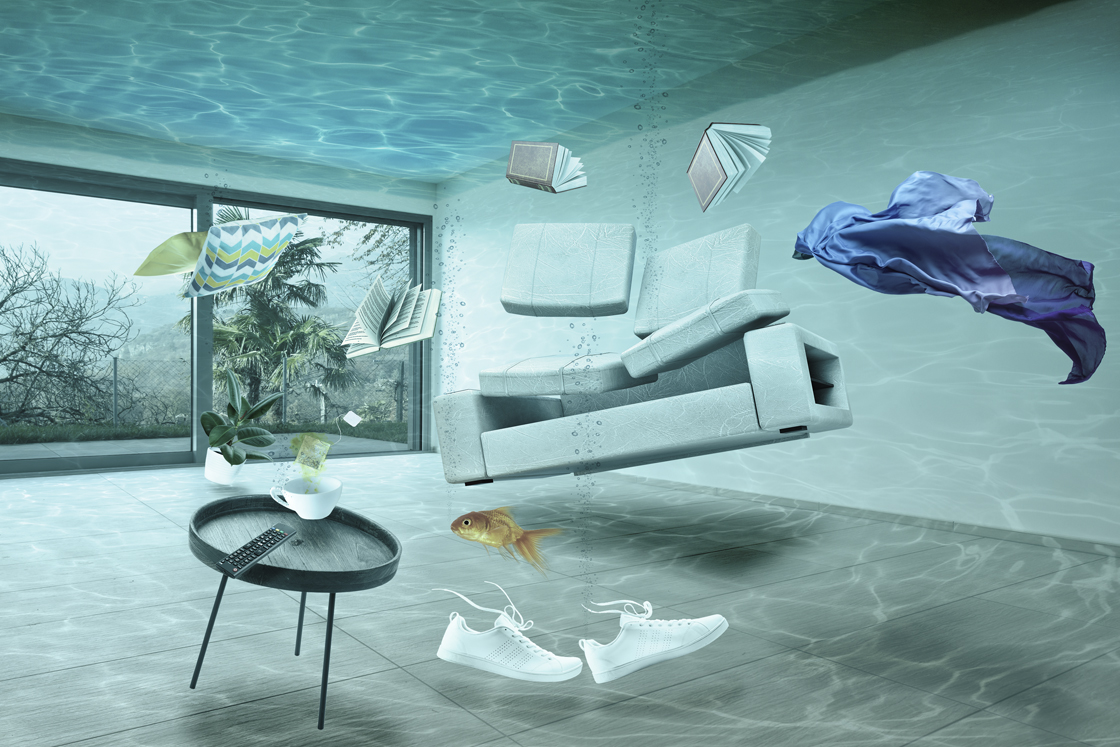How do you feel in relation to Hacks to detect leaks?

Early discovery of dripping water lines can minimize a possible catastrophe. Some small water leaks might not be noticeable.
1. Check Out the Water Meter
Every residence has a water meter. Inspecting it is a surefire manner in which assists you discover leakages. For starters, turn off all the water resources. Guarantee no person will certainly flush, utilize the faucet, shower, run the cleaning maker or dish washer. From there, go to the meter and also watch if it will certainly change. Because nobody is utilizing it, there should be no motions. If it relocates, that indicates a fast-moving leakage. Similarly, if you detect no changes, wait an hour or more and also check back once again. This means you might have a sluggish leakage that could also be below ground.
2. Check Water Intake
Examine your water bills and also track your water usage. As the one paying it, you ought to see if there are any type of discrepancies. If you detect sudden changes, regardless of your consumption coinciding, it implies that you have leakages in your plumbing system. Remember, your water costs should fall under the exact same array each month. An abrupt spike in your bill suggests a fast-moving leakage.
Meanwhile, a stable boost every month, even with the exact same routines, reveals you have a slow-moving leakage that's additionally gradually escalating. Call a plumber to thoroughly examine your home, particularly if you feel a cozy location on your floor with piping underneath.
3. Do a Food Coloring Examination
When it comes to water intake, 30% originates from toilets. Test to see if they are running effectively. Decrease specks of food shade in the tank and also wait 10 minutes. There's a leak between the storage tank and also dish if the color somehow infiltrates your dish during that time without flushing.
4. Asses Exterior Lines
Don't forget to examine your outside water lines also. Must water seep out of the link, you have a loose rubber gasket. One little leakage can squander tons of water and also increase your water expense.
5. Inspect as well as Analyze the Circumstance
Home owners should make it a habit to inspect under the sink counters and also also inside closets for any bad odor or mold development. These 2 red flags suggest a leakage so punctual attention is required. Doing routine examinations, also bi-annually, can save you from a major issue.
A lot more notably, if you recognize your home is already old, keep a watchful eye on your heating units, hoses, pipes etc. Look for stainings as well as compromising as the majority of pipelines as well as home appliances have a life expectancy. They will additionally normally degrade because of tear and use. If you presume leaking water lines in your plumbing system, do not wait for it to rise. Call an expert plumber immediately so you do not end up with a dreadful mess in your home.
Early detection of dripping water lines can minimize a possible disaster. Some tiny water leaks might not be noticeable. Examining it is a proven means that aids you uncover leakages. One small leak can squander bunches of water and also increase your water expense.
If you think leaking water lines in your plumbing system, do not wait for it to intensify.
WARNING SIGNS OF WATER LEAKAGE BEHIND THE WALL
PERSISTENT MUSTY ODORS
As water slowly drips from a leaky pipe inside the wall, flooring and sheetrock stay damp and develop an odor similar to wet cardboard. It generates a musty smell that can help you find hidden leaks.
MOLD IN UNUSUAL AREAS
Mold usually grows in wet areas like kitchens, baths and laundry rooms. If you spot the stuff on walls or baseboards in other rooms of the house, it’s a good indicator of undetected water leaks.
STAINS THAT GROW
When mold thrives around a leaky pipe, it sometimes takes hold on the inside surface of the affected wall. A growing stain on otherwise clean sheetrock is often your sign of a hidden plumbing problem.
PEELING OR BUBBLING WALLPAPER / PAINT
This clue is easy to miss in rooms that don’t get much use. When you see wallpaper separating along seams or paint bubbling or flaking off the wall, blame sheetrock that stays wet because of an undetected leak.
BUCKLED CEILINGS AND STAINED FLOORS
If ceilings or floors in bathrooms, kitchens or laundry areas develop structural problems, don’t rule out constant damp inside the walls. Wet sheetrock can affect adjacent framing, flooring and ceilings.
https://www.servicemasterbyzaba.com/blog/how-to-detect-water-leakage-in-walls/

I stumbled upon that blog entry about Detecting hidden plumbing leaks when doing a lookup on the web. Sharing is good. You won't know, you may be helping someone out. Many thanks for taking the time to read it.